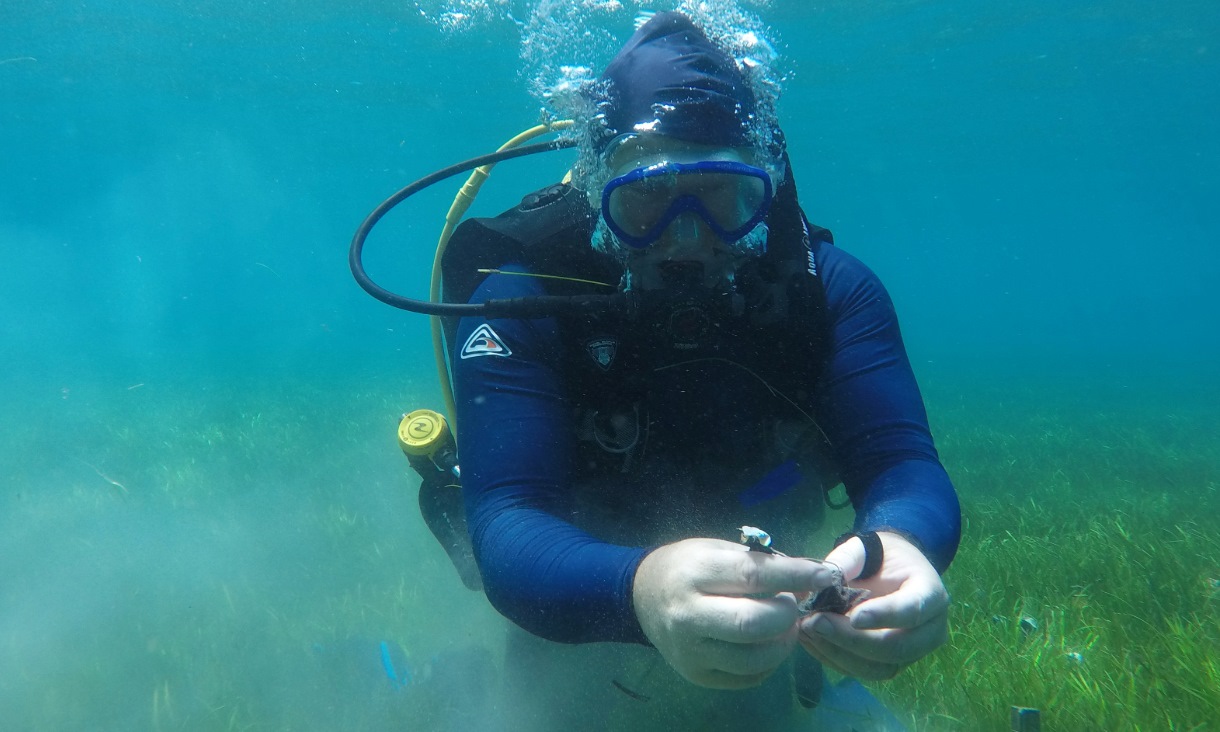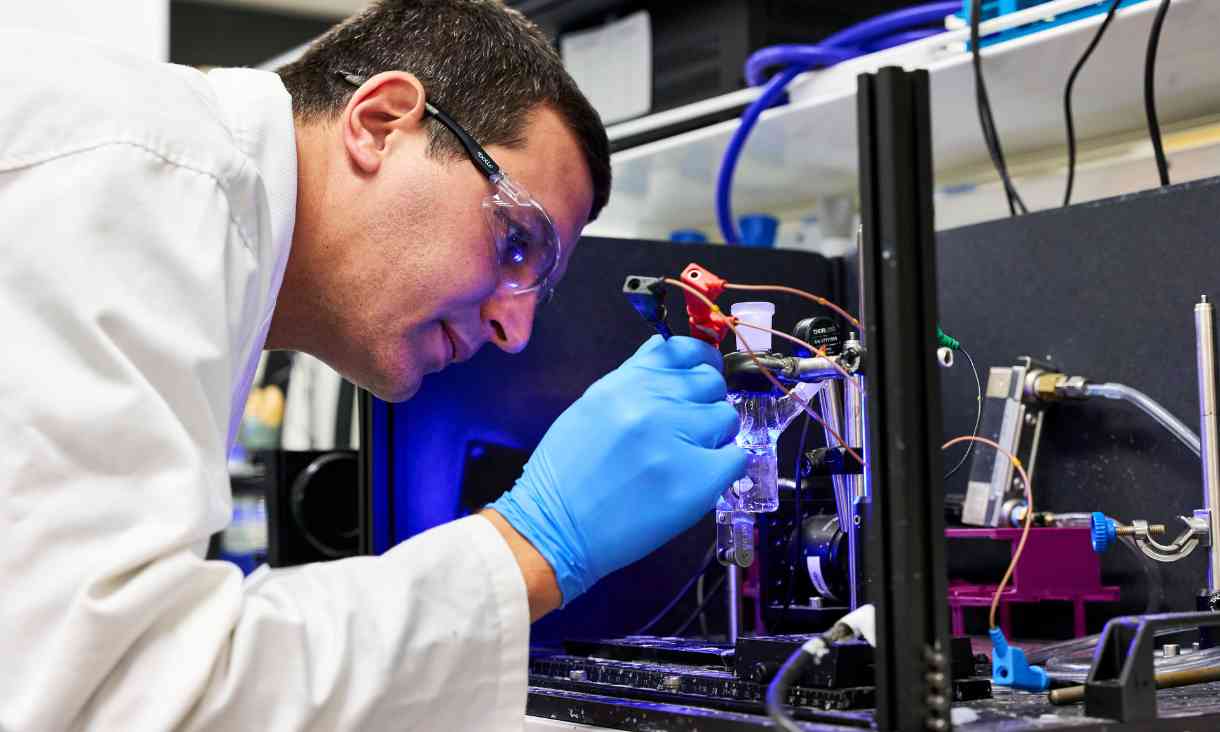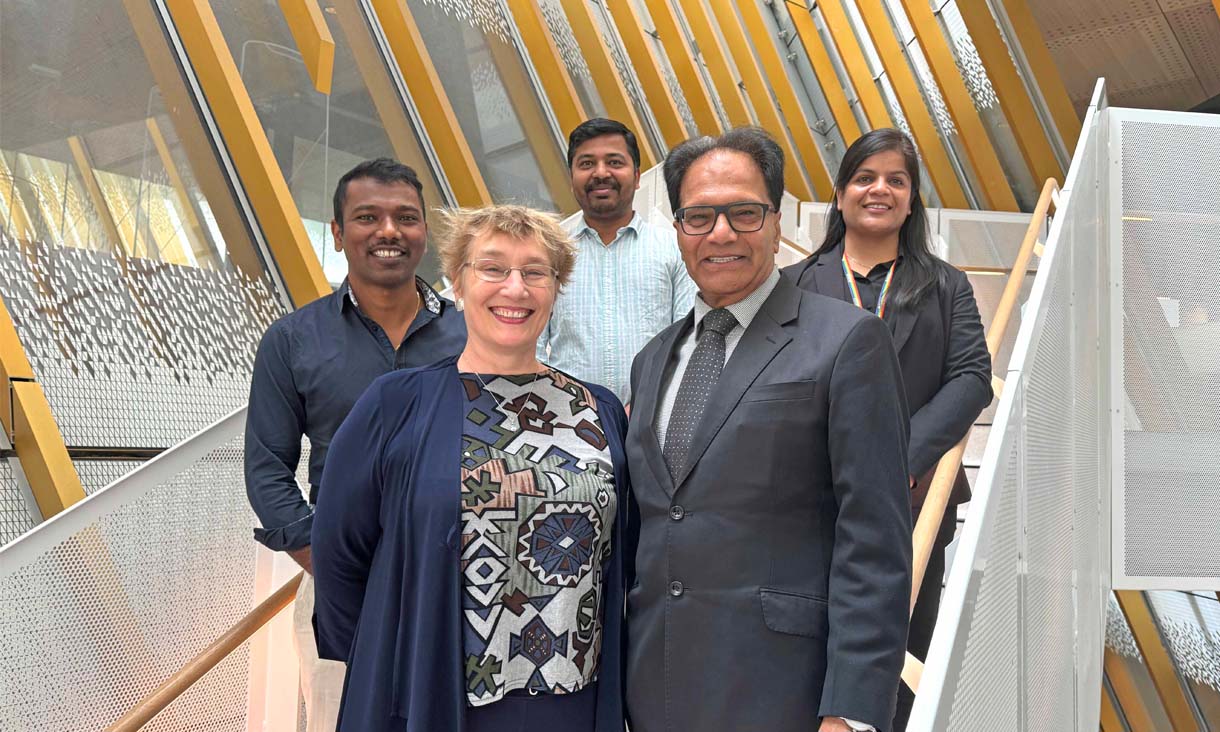World-first green hydrogen innovation wins prestigious Climate Innovation Challenge
South East Water and RMIT University's ground-breaking method for producing green hydrogen from solar energy and recycled water has won the 2024 Water Minister’s Climate Innovation Challenge.
Warming temperatures may shrink wetland carbon sinks
A major global study using teabags as a measuring device shows warming temperatures may reduce the amount of carbon stored in wetlands.
RMIT cuts ribbon on world-class nanomanufacturing research centre
RMIT University has launched the Centre for Atomaterials and Nanomanufacturing (CAN), which will pioneer atomaterial research translation to drive commercial growth for Australia
Gold beats platinum for chemo drugs in new lab study
Gold-based drugs can slow tumour growth in animals by 82% and target cancers more selectively than standard chemotherapy drugs, according to new research out of RMIT University.

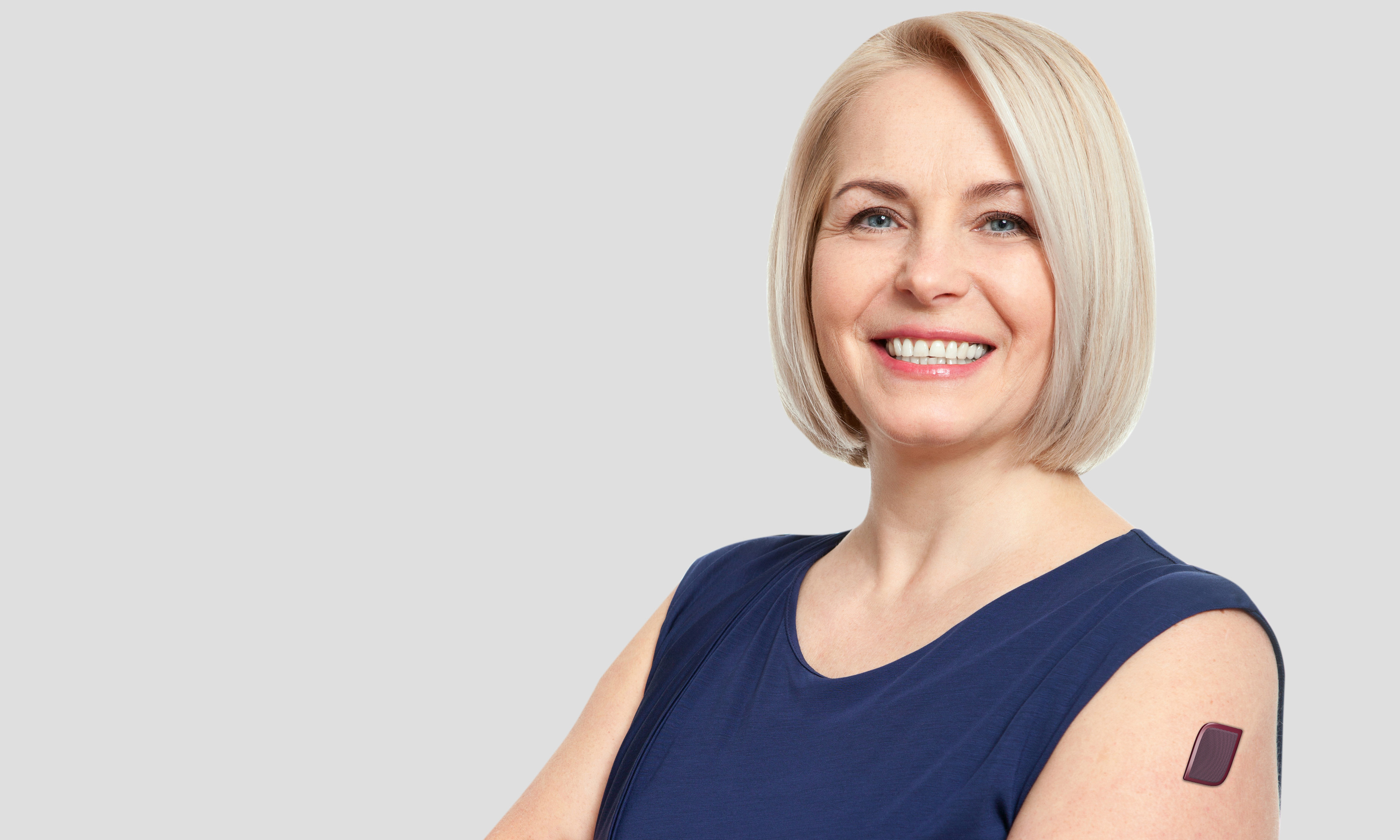
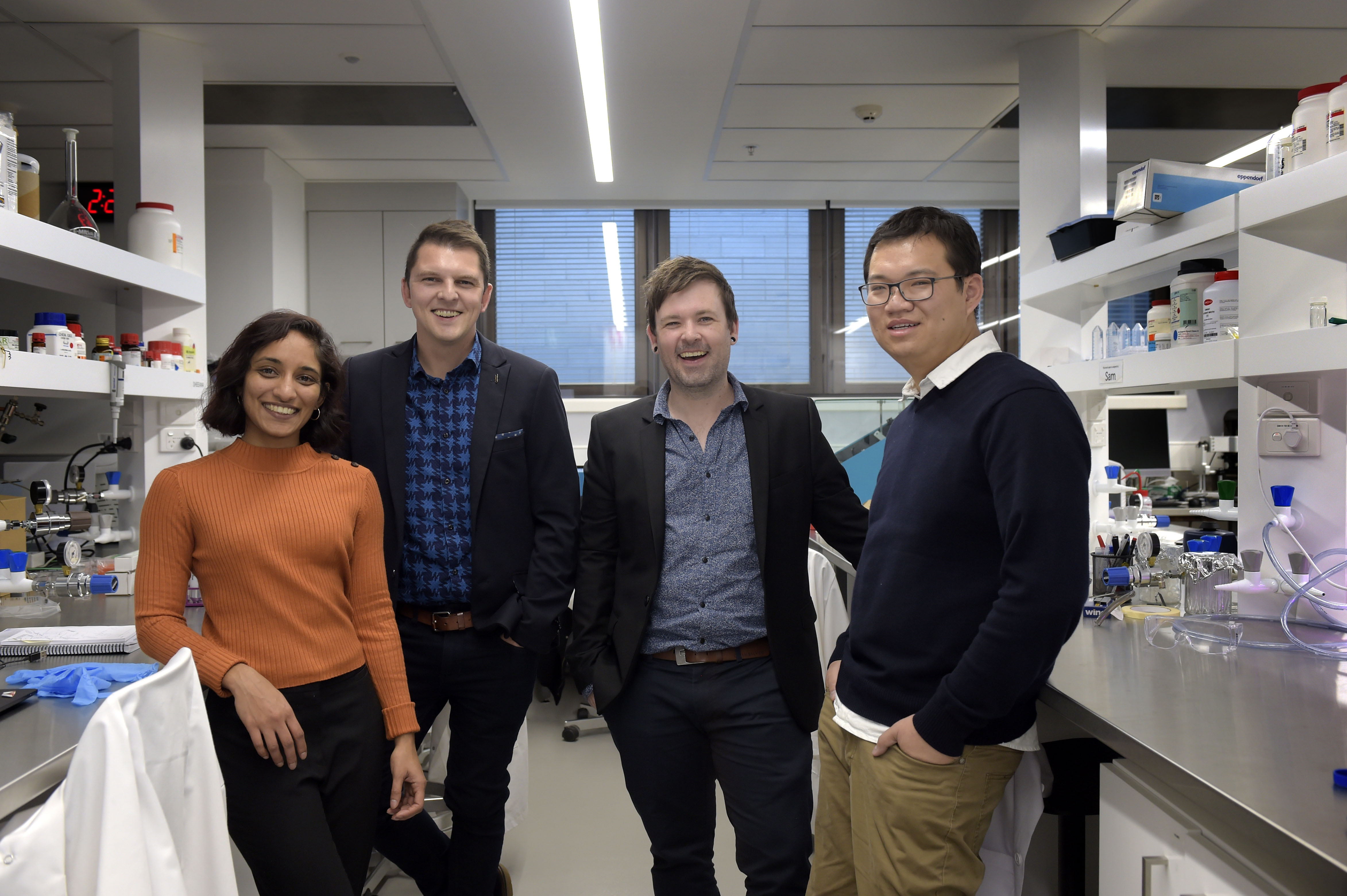
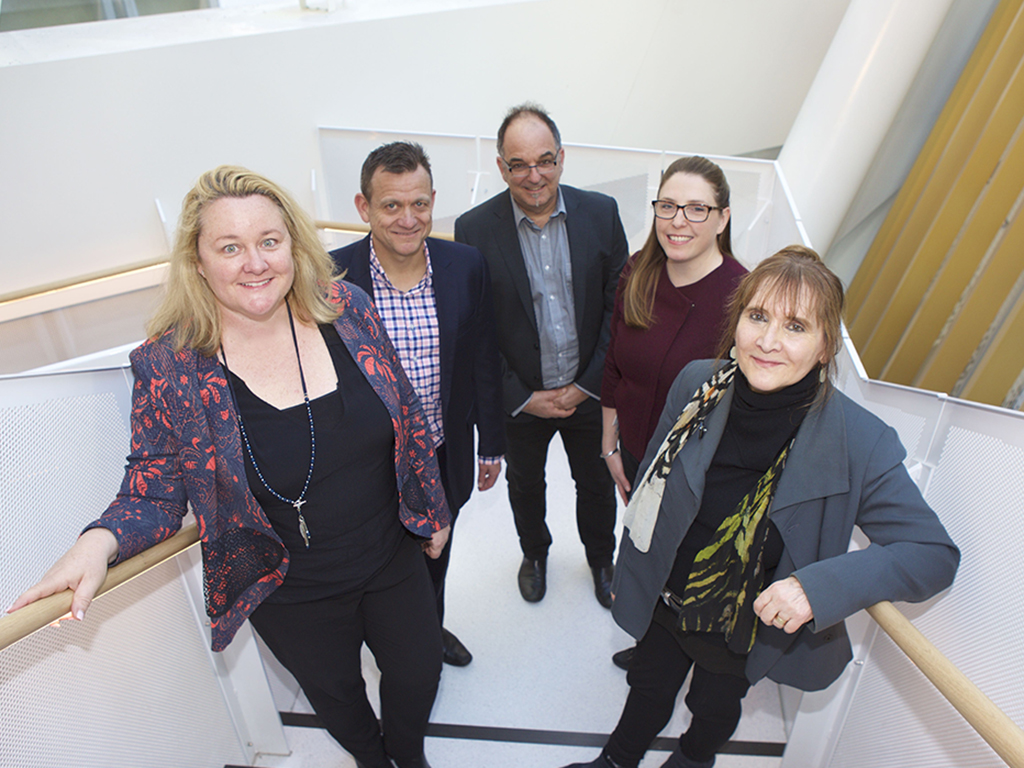
.jpg)
